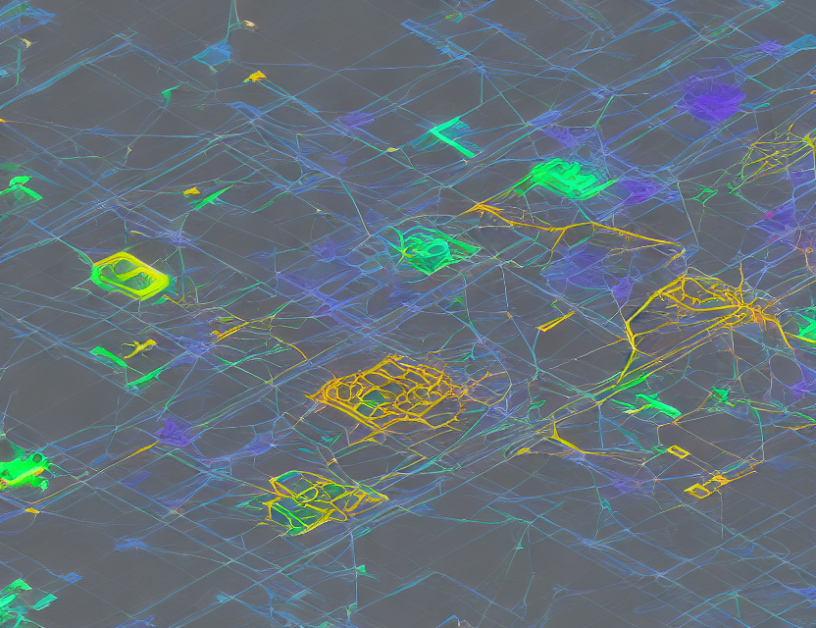In this article, we delve into the realm of transfer learning, exploring how it can be applied to train neural networks for more complex problems. We begin by discussing the context of our experiments, where we utilized a fully connected network (FCN) with 5 layers and 4321 parameters. Our findings reveal that by using transfer learning, we were able to achieve a good fit between the PINN model and the exact solution for different choices of ω0 = 20.
Optimizers: The Key to Training Neural Networks
We then shift our focus to optimizers, which play a crucial role in minimizing the loss function during training. We outline two commonly used optimization algorithms: Adam and L-BFGS. The Adam optimizer updates the parameters using a first moment estimate and a second moment estimate, while the L-BFGS optimizer utilizes a quasi-Newton method that approximates the Hessian matrix.
Adam Optimizer: A Graceful Balancer
Imagine a group of people trying to cross a river. The Adam optimizer acts like a gentle guide, helping each person find their own balance and avoiding dangerous areas in the river. At each step, it updates the parameters based on the gradient of the objective function, ensuring that the parameters move closer to the optimal values. However, if one person takes too long to find their balance, the optimizer adjusts their movement accordingly.
L-BFGS Optimizer: A Quasi-Newton Wonder
Visualize a mountain climb where each step requires navigating through tricky terrain. The L-BFGS optimizer acts like a seasoned guide, using an approximation of the Hessian matrix to predict the best direction for each step. It adjusts the parameters based on this prediction, ensuring that the optimization process progresses smoothly. However, if the terrain proves too challenging, the optimizer adapts its approach to find a better path.
Conclusion: Demystifying Transfer Learning and Optimizers
In conclusion, transfer learning is a powerful technique for training neural networks on more complex problems, while optimizers play a crucial role in minimizing the loss function during training. By using Adam and L-BFGS optimizers, we can find the optimal parameters that result in an accurate PINN model. Remember, the choice of optimizer depends on the specific problem at hand, and experimentation may be necessary to determine which one works best. Through this article, we hope to have demystified these complex concepts and provided a solid foundation for further exploration.



